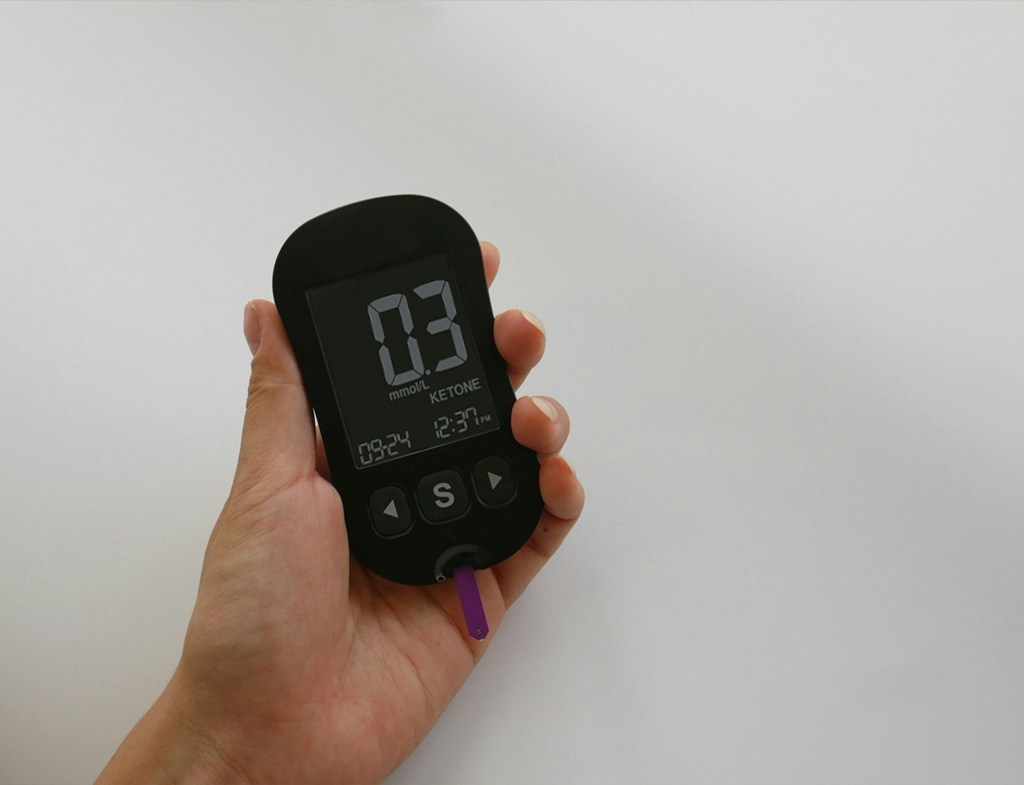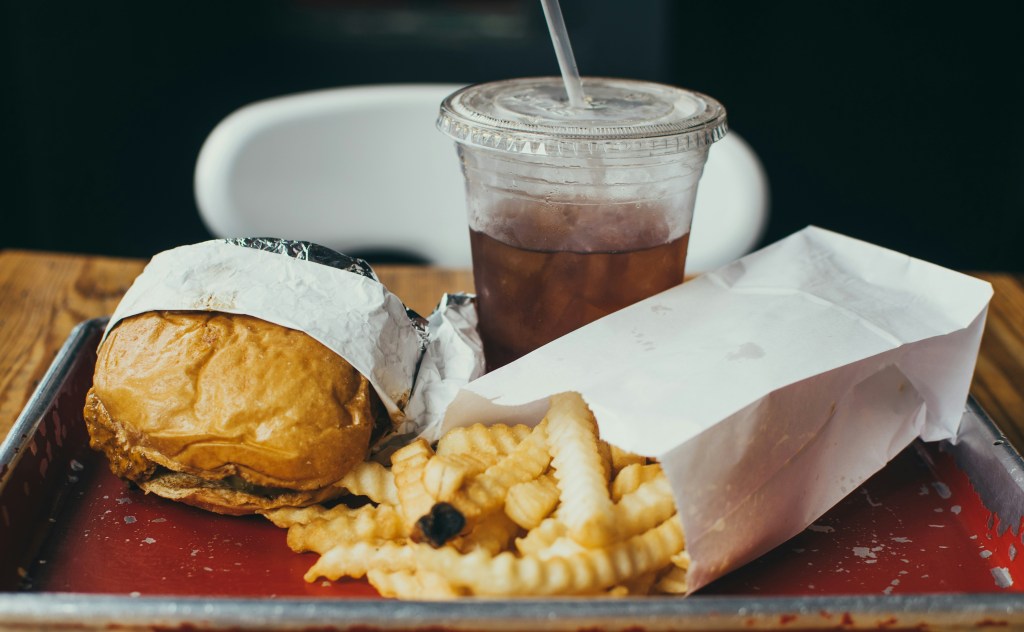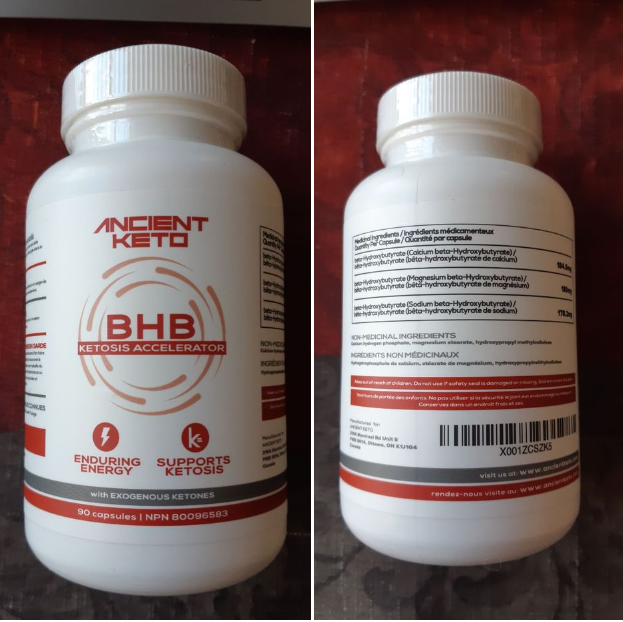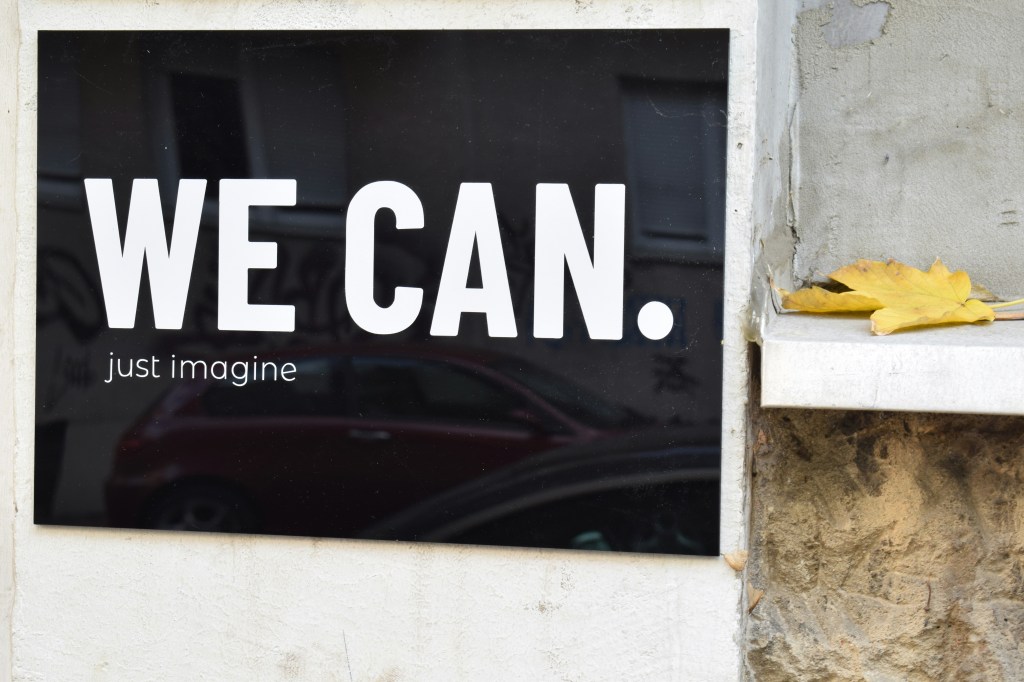Note: consult with your physician before trying this.
Magical formula
First of all, exogenous means ‘coming from outside’. Ketones are the molecules produced by the liver from free fatty acids (fat).
So, exogenous ketones are the molecules that were produced in a lab. And you can take them in a form of salt, such as ketones salts of potassium, calcium, magnesium or sodium (K, Ca, Mg, Na) or in a liquid for, such as MCT oil (medium chain triglycerides) or ketone esters.
So far, I’ve tried ketones salts of the D-BHB type and MCT oil and the combination of both as in a fasted so in a fed state.
What I can report that I find ketones salts more interesting to experiment with. While MCT oil is the cheapest option, it comes with the cons of easily being able to disturb digestive tract, especially, if you take at once 30 ml of it or more. If you take 15 ml of MCT oil with water it is tolerated well, but the ketones’ level will be no more than 0.3 mmol/l (which is a concentration of ketones in the blood).
In contrast, ketones’ salts can be taken up to 12 or more grams at once and they do not cause, usually, digestive issues, but may result in high minerals intake, since these salts contain a mineral molecule bound to Beta-Hydroxybutyrate (BHB) ketone molecule.
So, if you want to try ketones salts check what is a daily intake of calcium, magnesium and potassium that you can safely tolerate in a day. Also, consult with your physicians before embarking on a exogenous ketones journey.
How does it feel like?
How does it feel like to be in ketosis if you don’t want to try a ketogenic diet, prolonged fasting of 24 to 48 hours long or exercise for more than 2 hours in a row?
Well, if you want to know then you can try exogenous ketones instead.
An athlete
If you are an athlete, then research shows that taking ketones may increase performance. Also, It helps with the recovery.
An older person
If you are an older person, then exogenous and endogenous (natively produced by the body) ketones were shown to improve cognitive function in healthy people, but also in people with onset of dementia and early stages of Alzheimer’s disease.
Overweight or obese
If you are an overweight or obese person, the research has shown that taking exogenous ketones lowers glucose level, but unfortunately, it also blocks lipolysis (fat burning). So, taking exogenous ketones won’t help you with weight loss. But going on an insulin lowering diets, such as low-carb or ketogenic diets, and/or fasting can put you in a state of endogenous (natural) ketosis. In this case lipolysis is actually increased and fat is used for energy.
Overall healthy and curious person
Well, if you overall healthy and want to just experiment with new stuff, then taking exogenous ketones can be fun. Research shows that they can improve cognitive function, for example.
When I took 6.3 to 10 grams of exogenous D-BHB ketones salt of potassium it put me within an hour into a state of ketosis having about 0.4 – 0.5 mmol/l of ketones as was measured by digital ketone breath meter (it measures Acetone in breath).
While in exogenous ketosis I felt a light high akin to drinking a low alcohol beer. Also, I felt an acidic taste in mouth (due to Acetone ketones excreted in a breath) and tingling in lips. By the way I did 48 and 67 hours fasts and natural ketosis didn’t feel like this at all.
I am not sure that I felt improvement in mental activity, but anecdotally, I can report better ability to focus on a task at hand.
So there you have it. Exogenous ketones may be an interesting thing to try if you are in a need for new experiences and potential health benefits.














